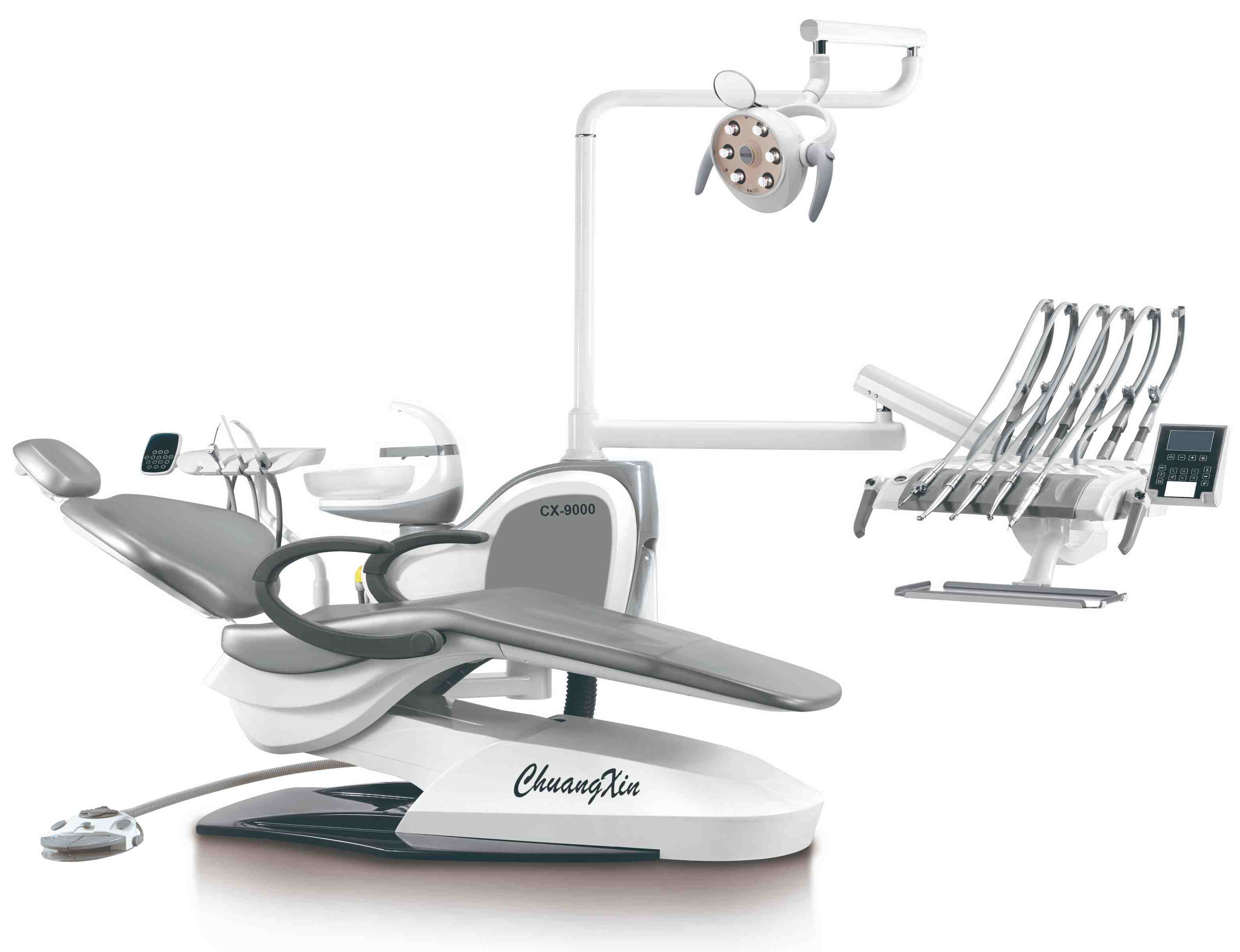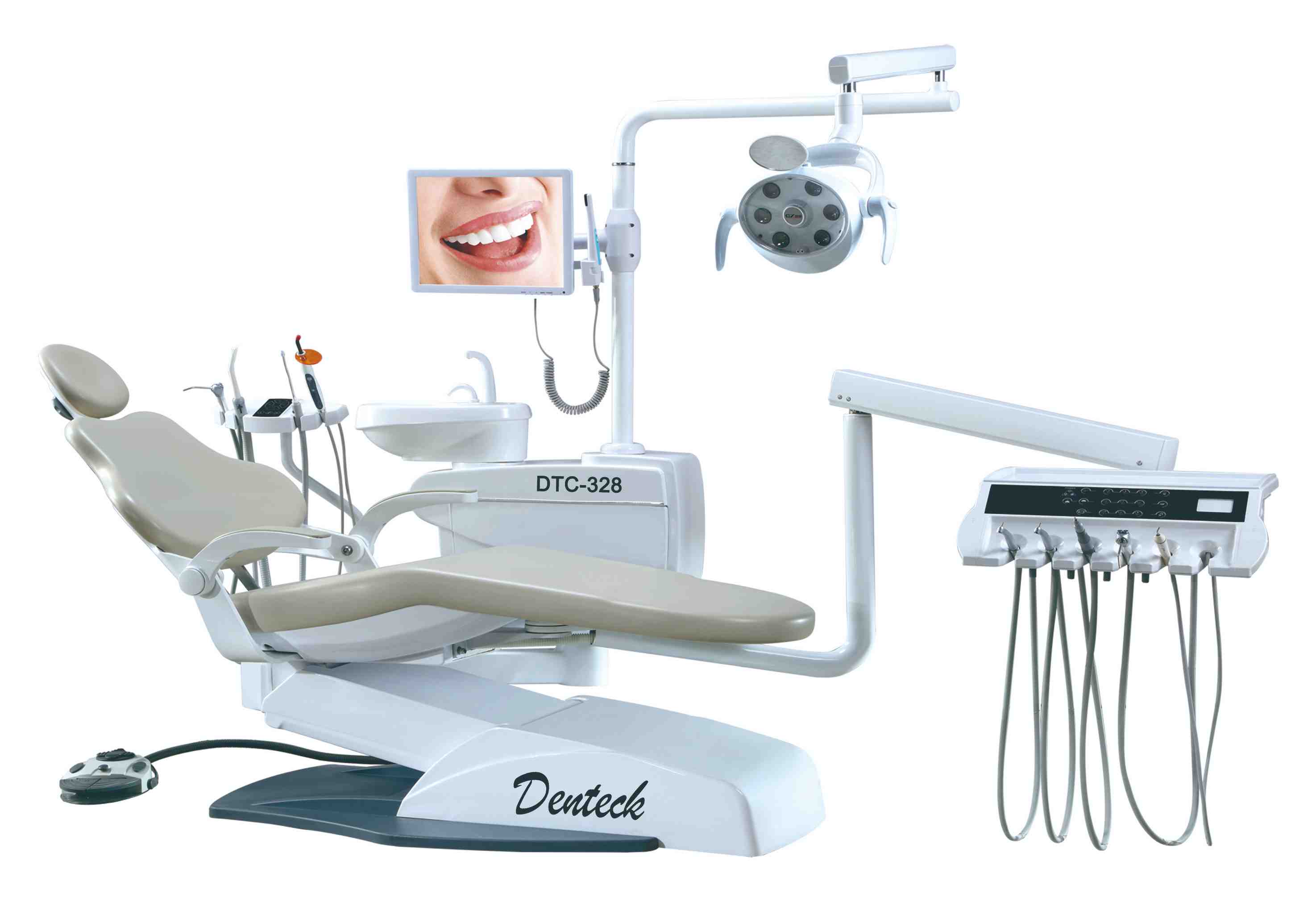Dental instruments play a crucial role in the success of any dental practice. Proper maintenance not only ensures the longevity of these instruments but also contributes to the delivery of high-quality patient care. In this post, we will explore essential tips and practices to help dental professionals maintain their instruments effectively.
Maintaining dental instruments is crucial for several reasons, all of which contribute to the overall success and efficiency of a dental practice. Here are some key reasons why maintaining dental instruments is essential:
Proper maintenance and sterilization of dental instruments are paramount to ensuring patient safety. Contaminated instruments can lead to the transmission of infections and diseases. By following strict cleaning and sterilization protocols, dental professionals create a safe and hygienic environment for patients.
Regular maintenance, including cleaning and lubrication, helps extend the lifespan of dental instruments. This ensures that practitioners can continue to use their tools effectively for an extended period, reducing the need for frequent replacements and saving costs in the long run.
Well-maintained instruments function optimally, allowing dental professionals to perform procedures with precision and efficiency. Regular cleaning removes debris that can interfere with instrument function, while proper lubrication ensures smooth movement of parts. This contributes to the overall effectiveness of dental treatments.

Dental instruments are often exposed to various chemicals and biological materials during procedures. Without proper cleaning and maintenance, instruments can be susceptible to corrosion, which can compromise their structural integrity and functionality. Regular care helps prevent corrosion, ensuring instruments remain in excellent condition.
Dental practices are subject to strict regulations and standards related to infection control and patient safety. Regular maintenance of instruments is a crucial aspect of compliance with these regulations. Adhering to industry guidelines and maintaining accurate records of instrument care activities helps meet regulatory requirements.
Routine maintenance can lead to cost savings in the long term. Well-maintained instruments are less likely to experience premature wear and tear or damage, reducing the need for frequent replacements. This, in turn, helps dental practices manage their budgets more efficiently.
A dental practice's reputation is built on the quality of patient care it provides. Using well-maintained instruments reflects professionalism and a commitment to patient safety. Patients are more likely to trust practitioners who demonstrate a dedication to maintaining a clean and safe environment.
Dental procedures often require the use of multiple instruments. When these instruments are properly maintained, practitioners can work more efficiently without interruptions caused by malfunctioning or contaminated tools. This streamlined workflow contributes to better patient care and overall practice productivity.
Here are the main process of maintaining dental instruments.
Immediate Cleaning: After each use, dental instruments should be cleaned promptly to prevent the drying and hardening of debris, making them more difficult to remove.
Ultrasonic Cleaning: Use an ultrasonic cleaner for thorough cleaning. This device uses high-frequency sound waves to remove debris from instruments. Follow the manufacturer's instructions for the appropriate cleaning solution and duration.
For instruments that cannot be cleaned in an ultrasonic cleaner, manual cleaning is essential.
Use a soft brush, preferably a nylon brush, to clean intricate areas and joints.
Ensure all visible debris and contaminants are removed.

After cleaning, dental instruments must be sterilized to eliminate any remaining microorganisms.
Autoclaving is the most common method of sterilization. Follow the manufacturer's guidelines for autoclave settings, including temperature, pressure, and duration.
Pay attention to packaging instruments correctly for sterilization, using sterilization pouches or wraps.
Regularly inspect instruments for any signs of wear, corrosion, or damage. Remove any damaged instruments from use.
Lubricate moving parts, such as joints and hinges, with a suitable instrument lubricant to ensure smooth functioning.
Keep cutting edges sharp to ensure efficient and effective use.
Use sharpening stones or systems recommended by the instrument manufacturer.
Follow the manufacturer's guidelines on the frequency of sharpening.
Store dental instruments in a dry and clean environment.
Use designated trays, cassettes, or organizers to prevent damage and facilitate easy access.
Keep instruments separated to avoid contact that could lead to damage or dulling.
Conduct regular inspections of instruments, even if they appear to be in good condition.
Look for signs of rust, corrosion, or other damage.
Check for proper functionality, such as the smooth movement of joints and hinges.
All in all, maintaining dental instruments is not just a matter of compliance with regulations; it is a fundamental practice that ensures patient safety, instrument longevity, optimal performance, and the overall success of a dental practice. By investing time and effort into proper maintenance, dental professionals can create a reliable and efficient environment that benefits both practitioners and patients.